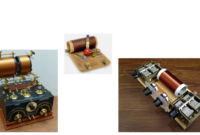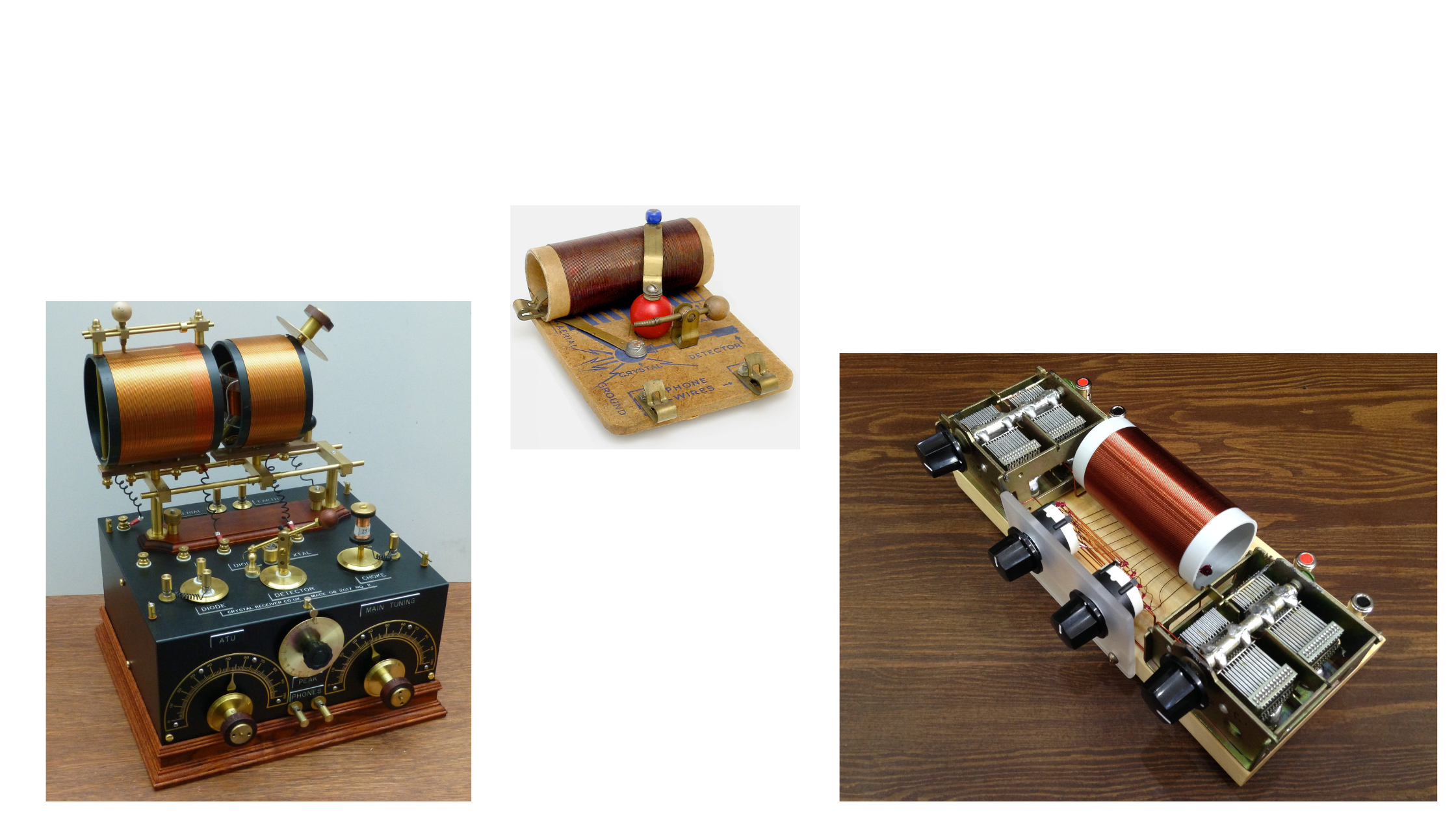
Crystal Radios: Unveiling the Magic of Simple Wireless Reception
Introduction:
Crystal radios represent a fascinating chapter in the history of radio technology. These simple yet ingenious devices played a crucial role in early wireless communication, offering a glimpse into the world of radio reception without requiring an external power source.
In the annals of radio technology, Crystal Radios stand as a testament to simplicity and ingenuity. These rudimentary yet groundbreaking devices represented an essential step in the evolution of wireless communication, offering a glimpse into the fascinating world of radio reception without the need for external power sources.
Understanding Crystal Radios:
Crystal Radios, composed of basic components such as an antenna, coil, tuning capacitor, earphone, and a crystal detector, operated on a simple principle. The heart of the system, the crystal detector – often a piece of galena or other crystalline minerals – rectified radio frequency signals, converting them into audio signals audible through the attached earphone.
Explanation of crystal radios: their components, functioning, and basic principle of operation.
Detailing the role of a crystal detector (typically a piece of crystalline mineral) in rectifying radio frequency signals to convert them into audio signals.
Pioneers and Historical Context:
The development of Crystal Radios owes credit to pioneers like Greenleaf Whittier Pickard and the early experiments of Guglielmo Marconi. These inventors contributed significantly to the refinement and popularization of crystal radio technology during the early 20th century.
Discussing the pioneers in crystal radio technology, such as Greenleaf Whittier Pickard and Guglielmo Marconi, and their contributions to its development.
Highlighting historical milestones and early applications of crystal radios in early 20th-century communication.
Functionalities and Advantages:
Crystal Radios were celebrated for their simplicity and lack of dependence on external power sources or batteries. Despite their basic design, they provided an accessible means for enthusiasts and hobbyists to experience wireless communication by tuning into broadcasted signals without amplification.
Explaining the functionalities and advantages of crystal radios: simplicity of design, lack of external power requirements, and cost-effectiveness.
Emphasizing their ability to receive and convert radio signals into audible sound without the need for additional amplification.
Impact on Communication:
Describing the impact of crystal radios on popularizing wireless communication among hobbyists and enthusiasts.
Discussing their role in enabling access to news, music, and entertainment during the early 1900s, contributing to the growth of radio as a medium.
Transition to Modern Technologies:
Exploring the progression from crystal radios to more advanced receiver technologies, such as vacuum tube radios and solid-state transistor radios.
Discussing how advancements in receiver technology led to improved performance, selectivity, and functionality.
Legacy and Continued Influence:
Highlighting the enduring legacy of crystal radios in fostering interest in radio technology and science among hobbyists and experimenters.
Discussing how their basic principles laid the groundwork for the development of modern radio and electronic devices.
Contemporary Applications and Revival:
Exploring any modern applications or adaptations of crystal radio principles in educational settings or DIY projects.
Discussing the recent resurgence of interest in crystal radios among hobbyists and makers.
Conclusion:
Summarizing the significance of crystal radios in the history of wireless communication.
Reflecting on their contributions and lasting influence on the development of radio technology and their role in inspiring curiosity and innovation in electronics.
